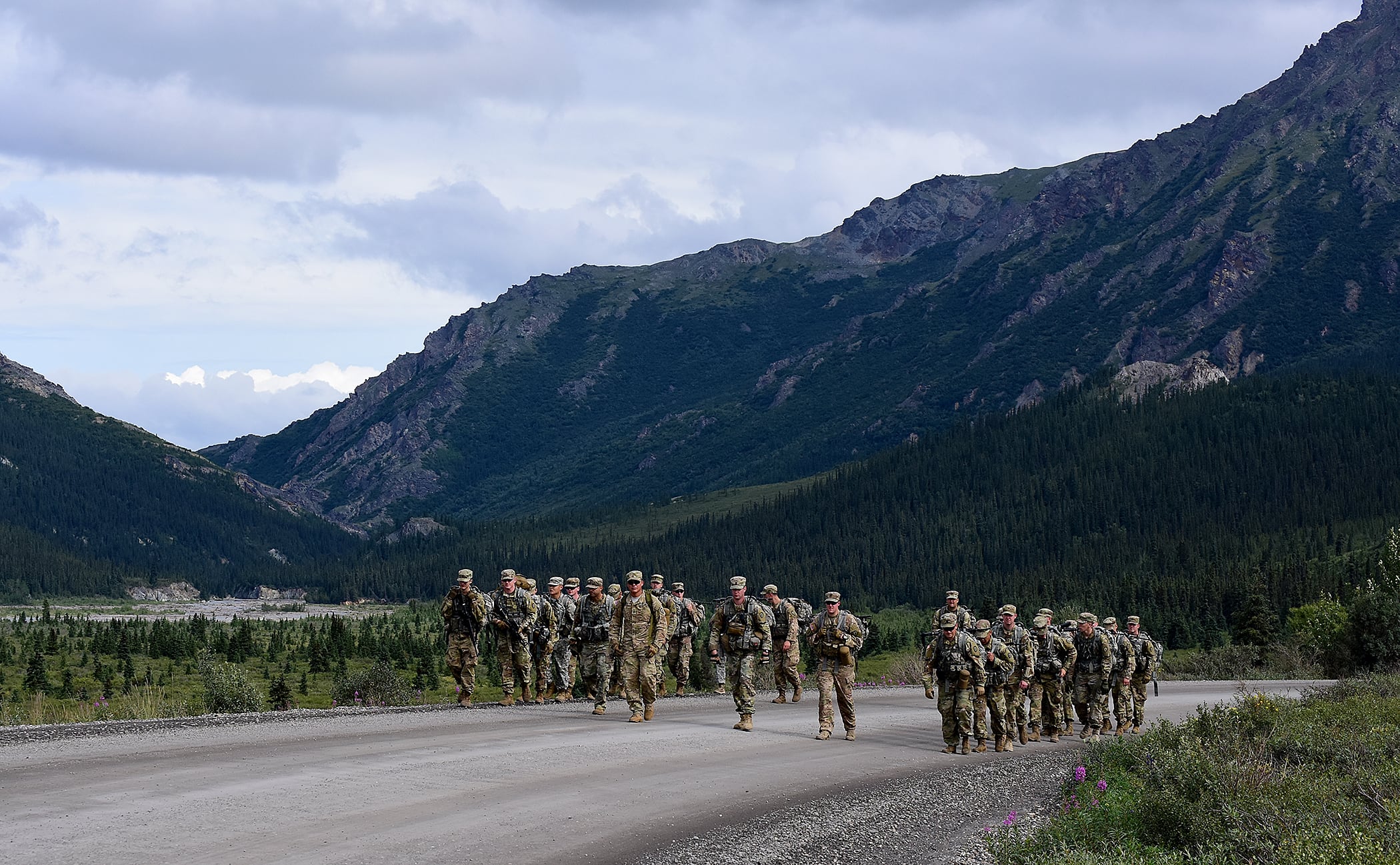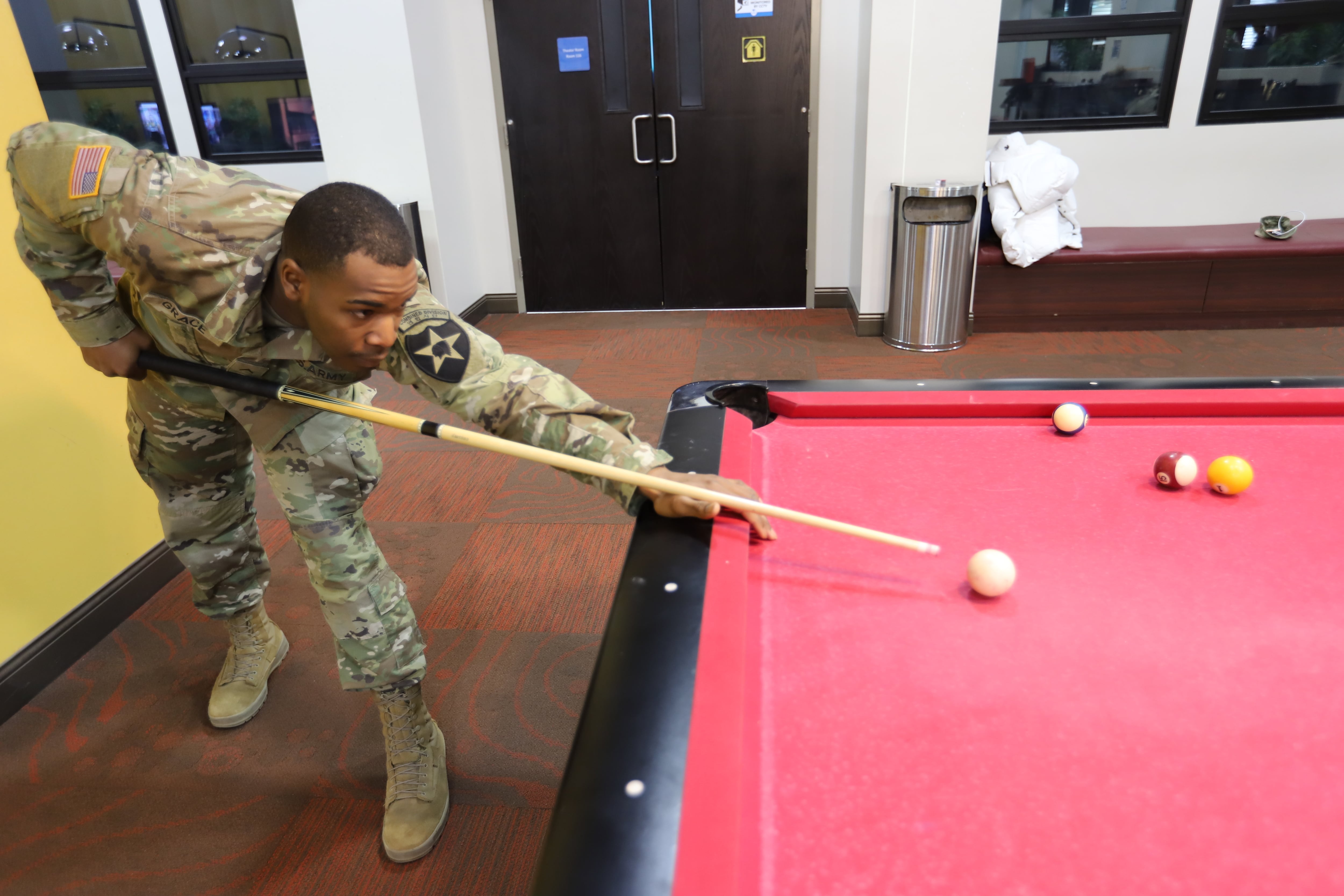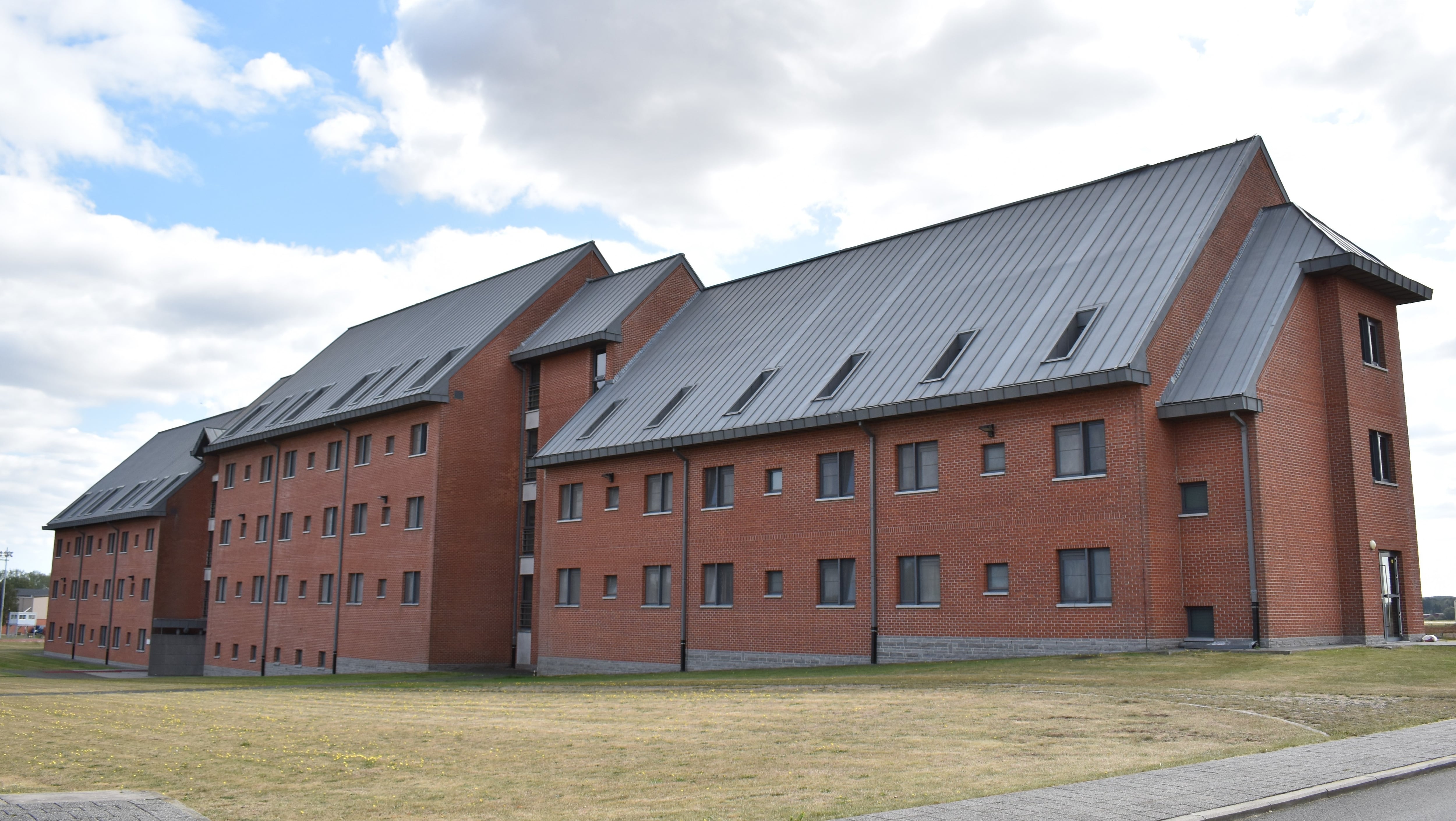The Army is looking to renovate some of the more than 6,000 barracks it owns both domestically and on overseas bases in the coming years, but leaders plan to do so judiciously, prioritizing barracks considered the worst kept.
Service leaders have made the Army’s housing situation a priority in recent months, though the public’s focus has largely been on family units and privatized military housing thus far.
Army Materiel Command’s Gen. Gus Perna held a summit in mid-January to review the status of the Army housing portfolio. Once priorities from that summit are set, to include the funding levels needed and the locations to schedule first, a timeline for barracks renovations will come out.
Sergeant Major of the Army Michael Grinston said that soldiers’ barracks are one of his core focuses going forward.
“We’re looking at mostly plumbing and the heating and cooling," Grinston said. "Those are outdated in a lot of places and they have to be updated, because that’s causing some other problems. If the heating and cooling system isn’t working and you got moisture in the air, you have the potential for mold.”
Between fiscal years 2014 and 2019 the Army invested roughly $1.9 billion in repairs to 121 barracks, according to Army Installation Management Command. Those repairs hit barracks at places like Fort Hood, West Point, Fort Riley and Fort Bragg.
In fiscal 2020, the plan is to invest more than $700 million in barracks repairs, the command noted in a statement to Army Times. And more money will be on the way in the years that follow, Grinston said.
In the meantime, leaders need to provide a quality check for soldiers assigned to the barracks, he added.
The Army Barracks Management Program was rolled out in early 2018. It moved the barracks management responsibility from the brigade level down to the company level in an effort to provide more immediate oversight of soldiers’ problems.
RELATED

Grinston recently toured Fort Wainwright, a remote Army outpost in Alaska’s frigid interior, which struggled through a spate of suicides over the past year. The Army has been working to renovate barracks at the post as part of a more far-reaching effort to address the cluster of suicides.
“One of my favorite initiatives that I saw up in Alaska was the kiosk, right there in the barracks,” Grinston said. “One of the things you’re going to start seeing in the barracks is kiosks — and renovations.”
As dining facilities on posts consolidated to save money, the distance soldiers had to walk to get chow grew. Soldiers strapped for time are tempted to skip meals, especially early in the mornings.
“Let’s take Wainwright: It’s -32 and your DFAC is on the other side of the post,” Grinston said “But now, inside the barracks, they’re going to have a kiosk ... it will look similar to something you’d see in a shoppette."

In the new barracks being built on Wainwright, a kiosk will allow soldiers to scan their ID cards for grab-and-go meals, like salads, hard-boiled eggs and sandwiches. Fountain drinks and coffee will also be available, and the kiosk will have TVs and WiFi, according to Fort Wainwright officials.
Renovations like this will be expensive, however, and the Army will have to prioritize its installations, according to the SMA.
“I don’t want to say we’re going to spread peanut butter,” Grinston said. “We’re going to look for those barracks that really need the renovations and be targeted in what we do. So it’s not like everyone is going to get this amount of money. We’re really focusing in on the Q3 and Q4 barracks. These barracks need it."
The Army uses quality ratings to guide its allocation of resources. A Q3-rated facility is one where the condition fails to meet the minimum level of Army standards and the cost to improve it is no more than 40 percent of the replacement value. A Q4 rating means the building fails to meet the minimum level standards, but the cost to improve exceeds 40 percent of the replacement value.
The Army owns about 6,700 barracks. Almost all installations with barracks have at least one in a Q3 or Q4 status, Army Materiel Command officials said.
“The goal is to have all Q1- and Q2-rated buildings,” Grinston said, meaning the buildings meet Army standards and their cost to improve is no more than 10 percent of the replacement value for Q1 and no more than 20 percent for Q2.
There’s a noticeable gap in the quality of barracks across the military. Some barracks don’t have air conditioning, and even for some that do, the units are old and need to be updated. Other barracks, like that being constructed at Wainwright, show the higher quality end of what the service can offer troops when the funding aligns.
“It was brand new. It was beautiful. We got this common area. Got a pool table,” Grinston explained. “And then you go across the street. Those are going to need the full renovation. We’re going to do the pipes. We’re going to do the plumbing. And we got to get those up.”
Kyle Rempfer was an editor and reporter who has covered combat operations, criminal cases, foreign military assistance and training accidents. Before entering journalism, Kyle served in U.S. Air Force Special Tactics and deployed in 2014 to Paktika Province, Afghanistan, and Baghdad, Iraq.




